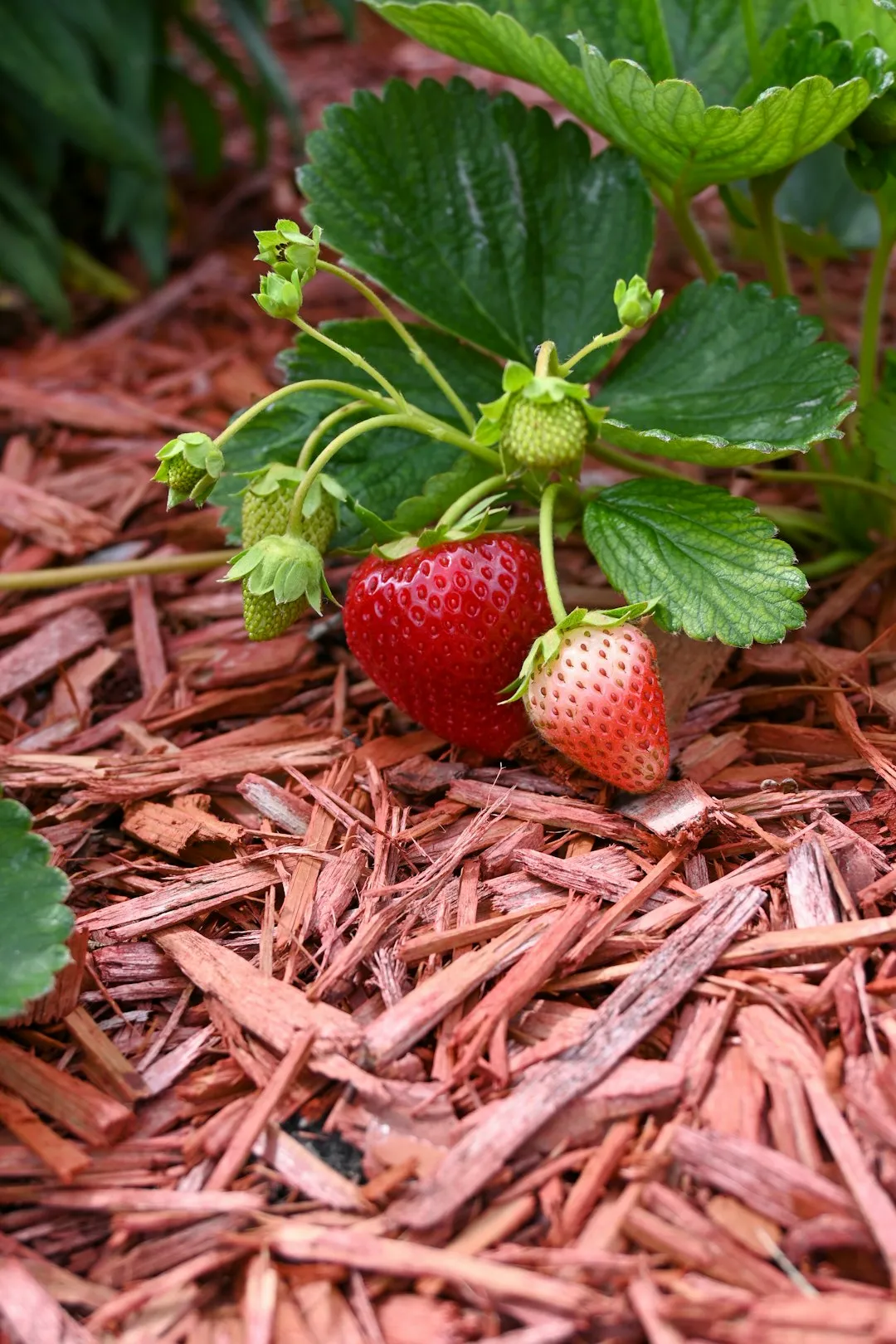The Secret to a Year - Round Stunning Yard

Transforming your yard into a vibrant and eye - catching oasis doesn't have to be a daunting task. With a well - thought - out late - summer perennial garden plan, you can enjoy a beautiful display of flowers and ornamental grasses year after year. In this article, we'll explore the key elements of such a plan and how you can implement it to create a garden that stands out.
First and foremost, understanding the nature of perennials is crucial. Perennials are plants that live for more than two years, coming back season after season. This means that once you plant them, you don't have to worry about replanting every year, saving you both time and money. Late - summer perennials, in particular, offer a unique charm as they bloom when many other plants are starting to fade.
When it comes to choosing the right perennials for your garden, consider a variety of factors. The climate in your area plays a significant role. Different perennials thrive in different temperature ranges, humidity levels, and soil types. For example, if you live in a region with hot and dry summers, you might want to choose drought - tolerant perennials such as lavender or yarrow. These plants not only survive but also add a lovely fragrance and color to your garden.
Another important aspect is the height and spread of the plants. To create a visually appealing garden, you need to have a mix of tall, medium, and short perennials. Tall perennials like Joe - Pye weed can act as a backdrop, adding height and drama to the garden. Medium - sized perennials such as coneflowers are great for filling in the middle layer, while short perennials like sedum can be used as ground cover, creating a carpet of color at the front of the beds.
Ornamental grasses are also an essential part of a late - summer perennial garden plan. They add texture, movement, and a touch of elegance. Grasses like miscanthus and fountain grass have beautiful plumes that sway in the wind, creating a dynamic and soothing effect. They are also relatively low - maintenance and can tolerate a wide range of growing conditions.
Once you've selected your plants, it's time to plan the layout of your garden. Start by sketching out a rough design on paper. Consider the shape of your garden beds, the placement of different plants, and how they will interact with each other. You might want to group plants with similar water and sunlight requirements together to make maintenance easier.
When planting your perennials and ornamental grasses, make sure to prepare the soil properly. Loosen the soil to a depth of at least 12 inches and add organic matter such as compost or aged manure. This will improve the soil structure, drainage, and fertility, providing a healthy environment for your plants to grow.
After planting, proper care is essential for the success of your garden. Water your plants regularly, especially during the first few weeks after planting to help them establish their roots. However, be careful not to over - water, as this can lead to root rot. Fertilize your plants according to their specific needs, usually once or twice a year. Pruning is also important to keep your plants healthy and looking their best. Remove dead or damaged foliage and spent flowers to encourage new growth.
In conclusion, a late - summer perennial garden plan is a wonderful way to enhance the beauty of your yard. By carefully selecting the right plants, planning the layout, and providing proper care, you can create a garden that is not only visually stunning but also sustainable and easy to maintain. So, roll up your sleeves and start creating your dream garden today!